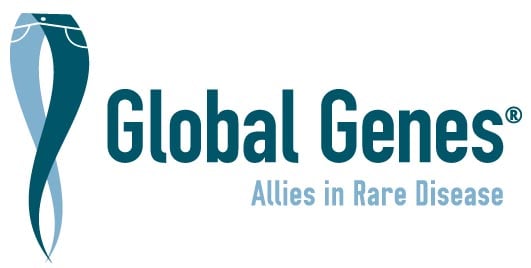Rare Daily Staff
Sangamo Therapeutics said it treated the first patient in the phase 1/2 clinical trial of its experimental in vivo genome editing therapy for people with MPS II, also known as Hunter syndrome, a rare metabolic disorder that causes progressive damage to organs and impairs mental development.
Patients with MPS II, a lysosomal storage disorder, have a deficiency of an enzyme that is needed to breakdown carbohydrates. As a result, waste fragments accumulate within cells. Over time, this accumulation impairs function of organs throughout the body. Many people with MPS II receive enzyme replacement therapy, but within a day of treatment, the level of the enzyme they need drops to undetectable levels.
Sangamo is seeking to repair the faulty gene that results in MPS II with its gene editing technology to remove the faulty gene and insert a correct version of it in its place. The company is targeting liver cells and believes its approach will create a stable and lifelong supply of the enzyme the patient lacks.
“For the first time, a patient has received a therapy intended to precisely edit the DNA of cells directly inside the body,” said Sandy Macrae, CEO of Sangamo. “We are at the start of a new frontier of genomic medicine.”
Sangamo’s experimental therapy for MPS II, SB-913, makes use of the company’s zinc finger nuclease genome editing technology to insert a corrective gene into a precise location in the DNA of liver cells. The ZFNs and the corrective gene are delivered in a single intravenous infusion using AAV vectors that target the liver. The ZFNs enter the cells as inactive DNA instructions in a format designed only for liver cells to unlock. Once “unlocked”, the ZFNs then identify, bind to and cut the DNA in a specific location within the albumin gene. Using the cells’ natural DNA repair processes, liver cells can then insert the corrective gene for the deficient enzyme at that precise location.
“Even with regular infusions of ERT, which has markedly improved functional health outcomes, patients endure progressive damage to heart, bones and lungs,” said Paul Harmatz, a pediatric gastroenterologist and a principal investigator for the study at the UCSF Benioff Children’s Hospital Oakland, where the first subject in the study was treated. “Many patients with MPS II die of airway obstruction, upper respiratory infection or heart failure before they reach the age of 20.”
Two additional clinical trials are underway in the United States to evaluate Sangamo’s in vivo genome editing therapeutics for hemophilia B and MPS I, which is also known as Hurler or Hurler-Scheie syndrome. All three trials use ZFNs designed to edit liver cells at the same location in the albumin gene, but differ in delivering the corrective gene relevant to the respective disease.
The U.S. Food and Drug Administration has granted all three of Sangamo’s in vivo genome editing product candidates have received Fast Track and Orphan Drug designations. SB-318 for MPS I and SB-913 for MPS II have also received Rare Pediatric Disease designations from the FDA.
November 17, 2017

Stay Connected
Sign up for updates straight to your inbox.
